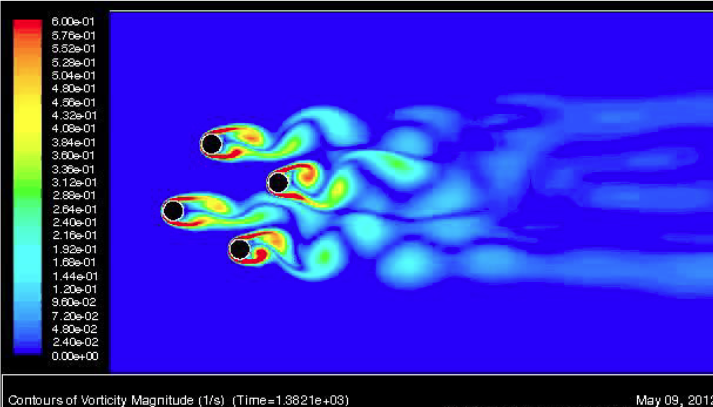For property owners looking to embark on creating a sustainable energy future with eco dashboards, home automation, fog networks, and Fog AI edge computing, here are some initial steps to consider:
1.Assess energy consumption: Start by understanding your current energy usage patterns. Identify areas where energy is being wasted or inefficiently utilized. This can involve analyzing utility bills, conducting an energy audit, or using energy monitoring devices.
2.Set energy goals: Define your energy-saving objectives and targets. Determine the level of energy efficiency you want to achieve and establish measurable goals, such as reducing overall consumption by a certain percentage or optimizing specific appliances.
3.Research eco dashboards: Explore different eco dashboard solutions available in the market. Look for platforms that offer real-time energy monitoring, data visualization, and analytics. Consider user-friendly interfaces that allow you to track and manage energy usage across various devices and appliances.
4.Implement home automation: Integrate smart devices and IoT-enabled systems into your property. This can include smart thermostats, energy-efficient lighting, automated window coverings, and smart plugs to control appliances. These devices can be connected to the eco dashboard, allowing for centralized control and monitoring.
5.Evaluate fog network options: Investigate fog network solutions that align with your requirements. Fog networks bring computing resources closer to the edge devices, enabling faster data processing and reduced reliance on cloud services. Look for robust security features to ensure the privacy and integrity of your data.
6.Explore Fog AI edge computing: Consider incorporating Fog AI capabilities into your network. This involves deploying edge computing devices with AI capabilities to analyze data locally. It can enable real-time decision-making, predictive maintenance, and personalized energy management.
7.Plan for offline operation: Design your system to operate securely even when the internet connection is unavailable. This ensures continuous monitoring and control of your property’s energy usage, even during connectivity disruptions.
8.Consult experts: Seek guidance from energy consultants, sustainable technology professionals, or service providers specializing in smart homes and energy management. They can help assess your specific needs, recommend appropriate solutions, and assist with implementation.
Remember, these steps provide a general roadmap, and the specific actions required may vary depending on the size of your property, existing infrastructure, and budget. It’s important to tailor the approach to your unique circumstances while keeping sustainability and energy efficiency at the forefront.




